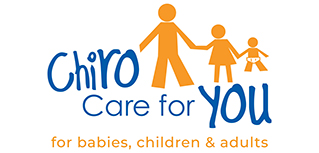Frequently Asked Questions
Initial Consultation/ First time patient here
Allow 45 minutes for this. We discuss the history of symptoms, possible injury, previous treatment, as well as general medical history to name a few. A physical examination involves orthopaedic, neurological and muscle tests, posture etc. Ideally we come to a working diagnosis by then.
Treatment Consultation
You may have already received your first treatment in conjunction with the initial consultation, if you felt comfortable to start your course of treatments then. Sometimes X-rays or scans are required before treatment can be started in order to rule out pathology. We can refer you for these.
How soon do I feel better?
Most of us ask that question! There is never one answer though. Typically, the less severe and more recent the injury, the quicker it heals. Soft tissues such as: muscle fibres, tendons, ligaments, intervertebral discs, joint capsules etc. require 6-12 weeks to heel under the best circumstances.
What are the differences between children and adults?
Recovery is typically quicker and shorter for children. They have better healing potential, less injuries are chronic and they have fewer bad habits! Development and milestones become important, and we not only measure physical growth, but also for instance the lack of ability of a baby to roll over at an expected milestone. This may in turn affect future movement patterns such as posture and walking.
What is an 'adjustment'?
An adjustment is the most common method a chiropractor uses. It is a fast, short and very controlled impulse or push at a specific spot in a specific direction. It is a type of manipulation treatment. An adjustment is intentionally fast in order to affect the joint nerve receptors and local muscle spindles to 'reset' and relax. It may for older children and adults be accompanied by a 'popping' sound, which is in fact a vacuum caused by small gas bubbles in the joint.
Do I need X-rays or scans?
No. Not as a rule. We do generally not diagnose via X-rays. However, if it is clinically indicated that X-rays are needed to rule out pathology, fracture etc. then we use X-rays. The same goes for CT and MRI. It is fair to say that most neuro-muscular complaints we see, do not require X-rays.
Treatment techniques and approach
We are evidence based and we update ourselves constantly on newer, better ways. As well as gentle, specific manipulation and mobilisation techniques, we do soft tissue work and guide you in how to help yourself to strengthen weak muscles, correct posture etc.
Referrals
We welcome referrals and indeed most patients are referred to us. You don't need a referral though. A formal referral is only required from your GP, if you come here as an "Enhanced Primary Care" patient. Occasionally, you may be better served by seeing another health care professional, or a situation may arise , where we need to ensure there is no co-existing pathology with the condition. We have good experience of working with other health care professionals and referring you to the appropriate one.
